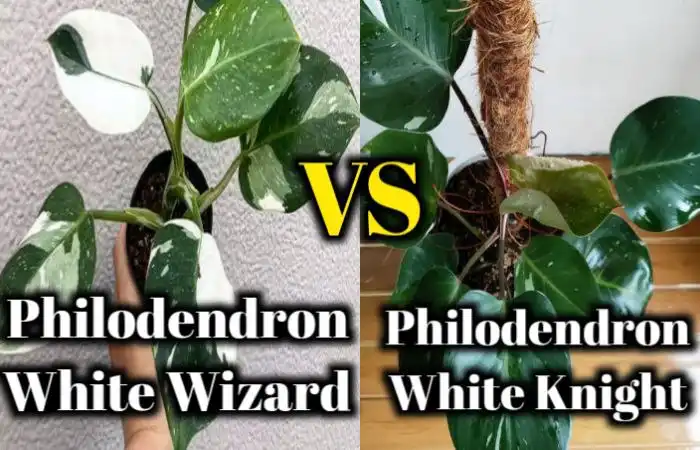Boston ivy vs Poison ivy [Differences & Similarities]
The noticable differences are boston ivy plant is trailing type and larger than the poison ivy which is a clinging type plant. The boston ivy plants have wavy margins with lobes leaf blades. But the poison ivy has true leaflets of serrate margins.
People love to have the beautiful foliage of Boston ivy. Again, they want to avoid poison ivy for its poisonous materials. To meet up both of these needs, it has become quite important to make significant differences between these two plants. That’s why we are now on the topic of Boston ivy vs Poison ivy.
For your convenience, we have mentioned several points that will help you to distinguish between these two plants. Scroll here to find the proper answer that you need. Besides, try to apply this perfectly to decorate your house as well as to avoid toxicity problems.
Boston Ivy vs Poison Ivy
Boston ivy, scientifically known as Parthenocissus tricuspidata, is a plant under the Vitaceae family. Commonly it is also known as grape ivy, Japanese ivy, Japanese creeper, woodbine etc. Originating from Eastern Asia and Eastern China, this plant is now well-known all over the world because of its seasonal reddish foliage.
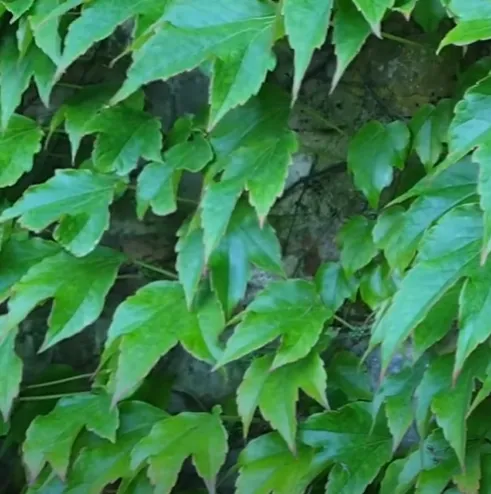
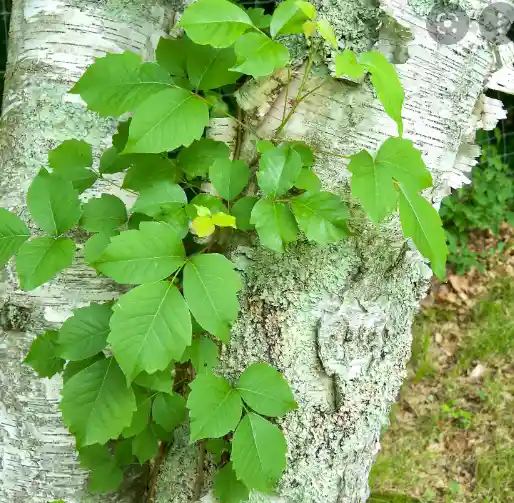
Poison ivy or eastern poison ivy or Toxicodendron radicans is a plant of Eastern North American portion. This plant also changes its color in autumn and take a look at Boston ivy. This is a plant remaining under the Anacardiaceae family.
Why Do We Differentiate Boston Ivy and Poison Ivy?
As poison ivy is irritating to the skin, people avoid it. But a Boston ivy plant doesn’t show such toxication. Again, Boston ivies are renowned for their beautiful foliage color whereas poison ivies are not recommended for planting around houses.
Though they look almost the same, gardeners love to keep Boston ivies in their collections rather than poison ivies due to the presence of this irritating substance. In this case, if you can’t identify the two plants, you may face problems with poison ivy.
So, to get rid of such problems, you should have some knowledge about their similarities so that you may differ them properly during plantation.
How Does Poison Ivy Resemble Boston Ivy?
People always confuse them as they have some specific points where poison ivy resembles Boston ivy. Get these points from below-
Foliage Color in Autumn
Both of the plants are almost the same green in their leaf color when they are tender leaves. Much like the Boston ivies, poison ivies remain green almost around the year except for a specific season and that is in autumn.
In autumn, you will get red-colored beautiful foliage in both of these plants. The leaves of the whole plant turn red as if they are welcoming the prettiness of autumn.
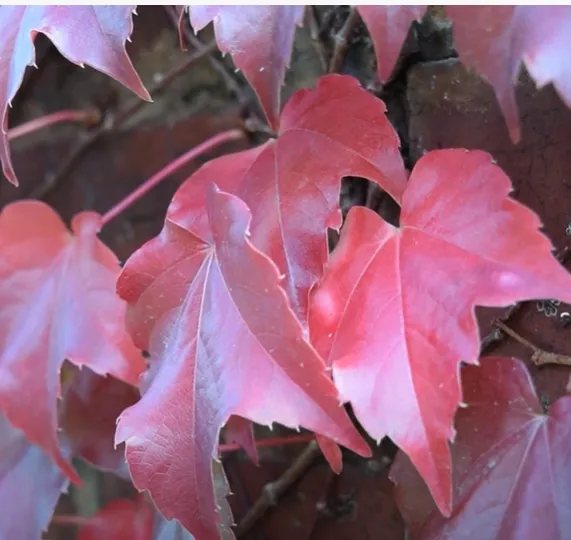

Physical Outlook
Their physical outlook is always confusing because of their climbing vines. Both of them are shrubs in nature. That’s why anyone can be mesmerized seeing them at first.
How Can We Differ Boston Ivy Plants From Poison Ivy?
Well, to differentiate Boston ivy from poison ivy you can look at some specific points.
But what are those?
To be more clear about that, you should know about their life cycle, morphological differences and so on. Let’s know about their detailed information.
Basis of Comparison
You may become confused about what you will look for to examine the perfect difference. Scroll down below and you will get the differences here.
Plant Type
Poison ivy is a flowering type plant that can also be described as a trailing type vine. Poison ivies are of deciduous type.
Again, Boston ivy is a clinging type plant that is also known as an ornamental vine. They are climbing vines and semi-deciduous types.
Plant height
The plant height is 1-2 meters in poison ivies whereas Boston ivies can grow up to 18 meters. Because of its dwarf size, poison ivies are mostly considered shrubs.
Leaf
Some significant differences are seen between different aspects of the leaves of these two plants. These are shown below-
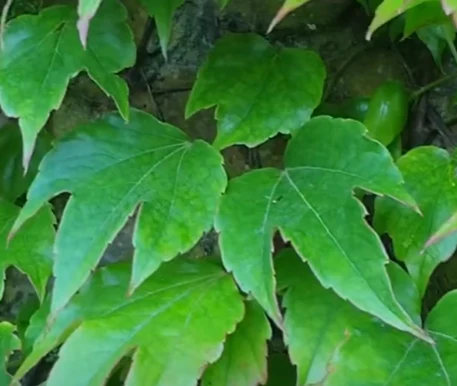

Lobes
The leaves of Boston ivy are divided into three lobes. Every single leaf is arranged in such an order that it looks like leaflets but they are not true leaflets, only divided in lobes.
Compared to the Boston ivy, poison ivy shows a little different type of leaves. The leaves of poison ivies are divided into three true leaflets that are arranged oppositely in a stalk. But sometimes the separated leaflets are also lobed in some positions.
Margin
Next, comes the factor of margin of the leaves. In poison ivy, the margins are smooth and sometimes wavy. But the margins of Boston ivy are close to serrate margin though this is not spiny.
Surface
The leaf surface of poison ivy is smoother than Boston ivy. You will find the shiny surface with waxy materials in poison ivy.
But the surface of Boston ivy is a little rough when touched.
Petiole
The petiole is called the leaf stalk by which the leaf remains attached to the stem. The petiole of Boston ivies is smaller than poison ivies. Just focus on the starting of the leaf and you will get your answer.
Flower
Flowering parts also have some differences in these plants. The flowers of poison ivies are small-sized and white-colored.
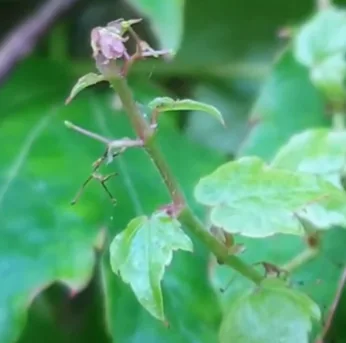
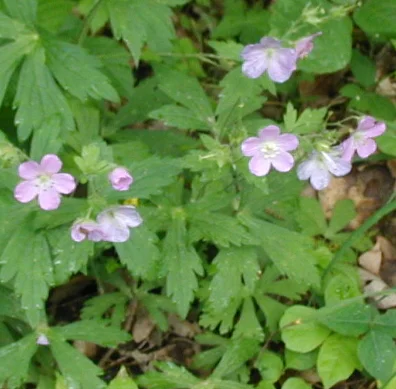
Here the flowers remain opposed to the leaves and are clustered in one place during winter and autumn.
Fruit
Greenish fruits are found in poison ivies that are commonly called drupes. These are normally eaten by birds and deers.
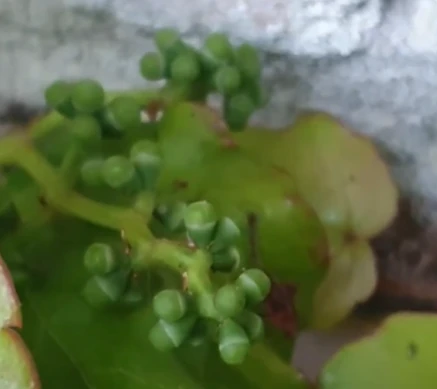
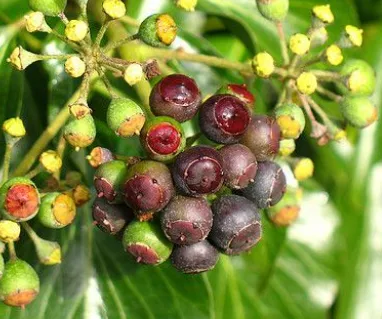
On the other hand, the Boston ivies grow bluish-black fruits that can be called near to berries.
Availability
Poison ivy and Boston ivy- are equally available in Asian localities. Boston ivies are almost found wildly and grown commercially for different purposes. But the poison ivies are not produced commercially because of their irritating and poisonous substances.
Toxicity
From various research materials, we cannot find any offensive toxic materials in Boston ivies but poison ivies have so. It normally causes an itchy skin rash.
Here, Urushiol, one kind of poisonous and oily substance is produced inside poison ivies. When these oily materials come closer to any human body, it reacts with the components of the skin and initiates itching and allergic conditions. That’s why poison ivies irritate.
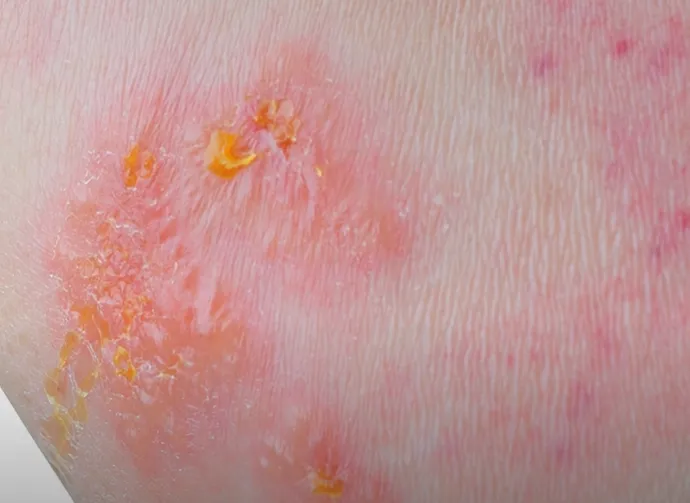
Steps for getting rid of poison ivy
As poison ivies are toxic for human beings, they should not be allowed to rise in homestead areas. To get rid of this plant, you should follow the below-mentioned rules-
Industrial
Industrial insecticides are used to destroy poison ivy plants. These insecticides are sprayed either in the root zone or applied in the soil which is chemically produced to weaken the root system and all over the metabolism function of the plant. That’s why the plant gets killed.
Home-made method
Homemade methods like the baking soda method are effective for this purpose. The solution of vinegar, soap and water solution is poured upon the plant. The chemical constituents of vinegar kill the metabolism system of poison ivy.
Again, you can pour hot water into the plant which is also effective for killing poison ivy.
Caring
Boston ivies need intensive care to grow properly. It needs,
- Partial shade to full sunshine
- Loamy soil that consists of 5.0 to 7.5 pH
- Moderate temperature of 70 to 90 degrees Fahrenheit
- Proper watering when the soil is dry
- Enough fertilizers provided
Poison ivy doesn’t need much caring as they are wild types. Again, as they are harmful to human beings, they are not produced commercially with care.
What is The Treatment of Poison Ivy Rash?
Now, you should know some points of what to do if you touch any poison ivy accidentally. In this case, you can follow several methods that can save you from having allergic conditions. These are stated below-
Rubbing Alcohol
Rubbing alcohol is an important chemical product that can remove the urushiol oil from your skin. As a result, it won’t create any allergic conditions for you.
Cold Shower
Coldwater is very important when you touch a poison ivy plant. Run a cold compression upon the place. It will reduce the irritation of your skin. Use soap and finger wash that place. Don’t scratch there. It will increase the pain and spots.
You can also use clothes wetted in cold water to apply to the skin.
Bentonite clay
It is a natural product to be used in rashes. A paste of water and bentonite clay is much more effective to be used.
Creams and Lotions
These are some applicable products whose chemical compositions will get you relief from this pain. Zinc acetate, zinc oxide, zinc carbonate, calamine etc. are the products to be used in that place.
Final Thoughts
Gradually, we are at the endpoint of our detailed discussion. Because of the worst conditions created by the poison ivies, people always try to suppress them from getting borne in their surroundings. But you may destroy a beautiful tender seedling of Boston ivy if you are not properly known of this factor.
Try to follow the steps and every kind of physical appearance to make difference between Boston ivy and poison ivy. Hence, you can have a beautiful and cool living place with Boston ivies and collect them before it runs out.

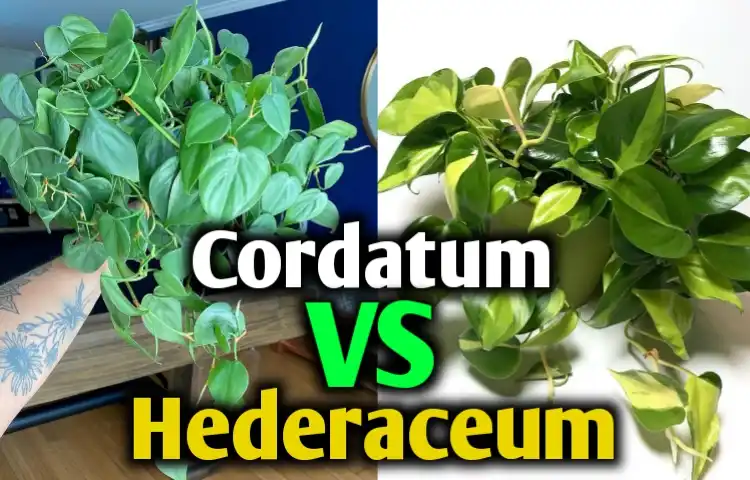
![Philodendron Melanochrysum Vs Micans [Identified!!]](https://plantclassroom.com/wp-content/uploads/2022/09/Philodendron-melanochrysum-vs-micans.webp)
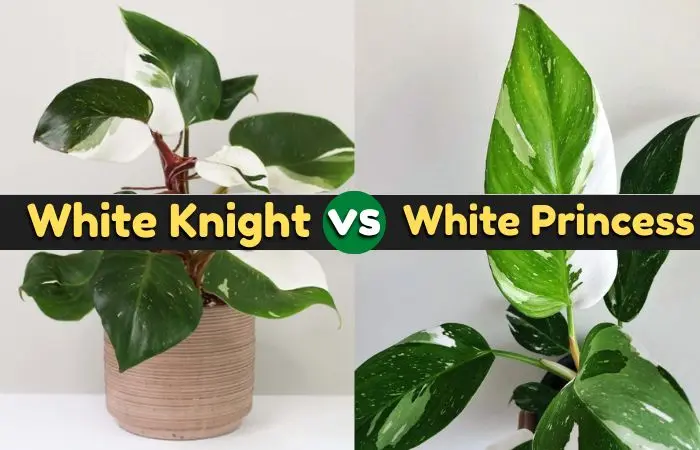
![Colocasia black coral vs black magic [Differences & Similarities]](https://plantclassroom.com/wp-content/uploads/2022/10/Colocasia-black-coral-vs-black-magic.webp)
![Philodendron pink princess vs pink congo [Differences & Similarities]](https://plantclassroom.com/wp-content/uploads/2022/10/Philodendronn-pink-princess-vs-pink-congo.webp)
